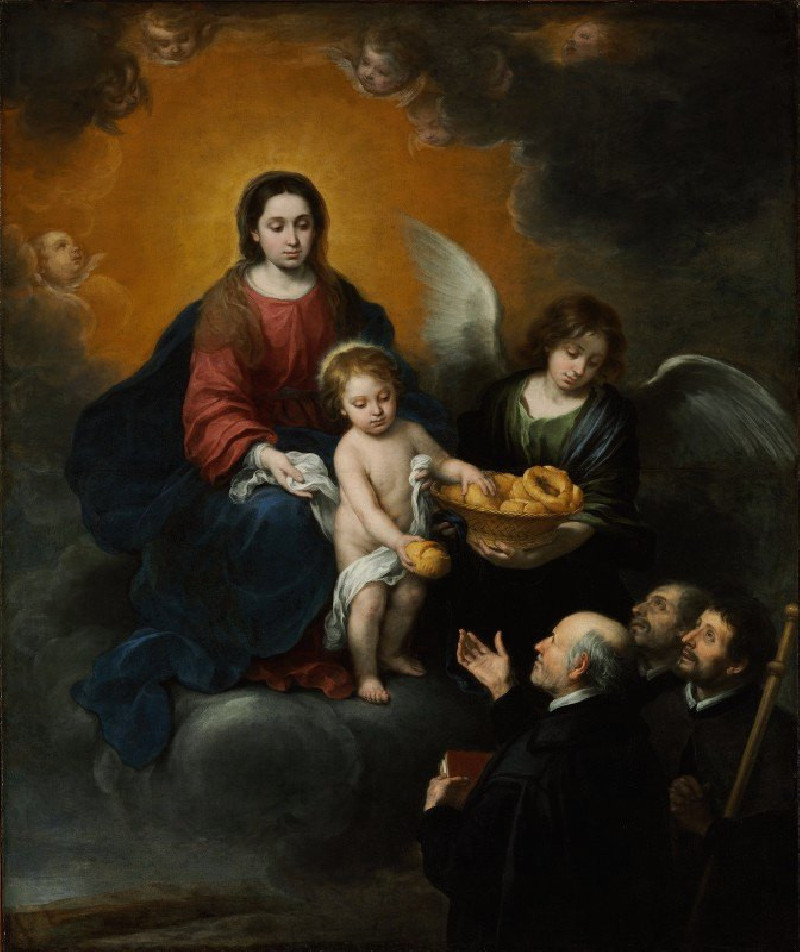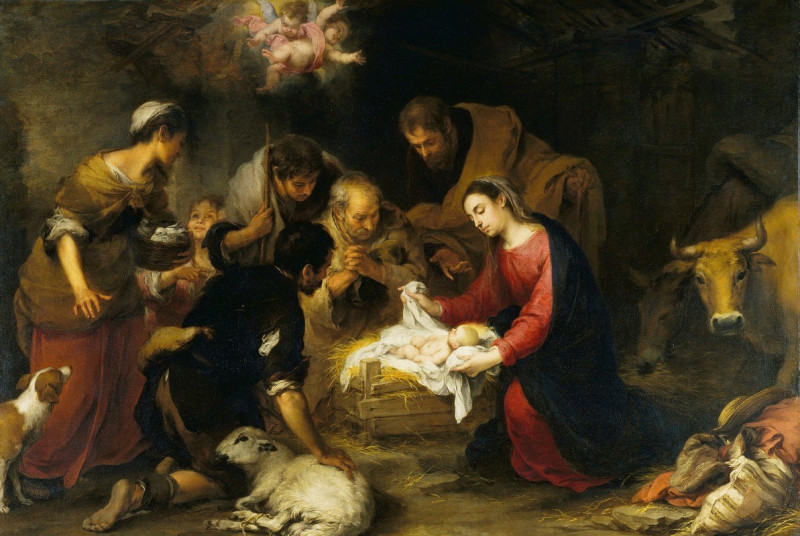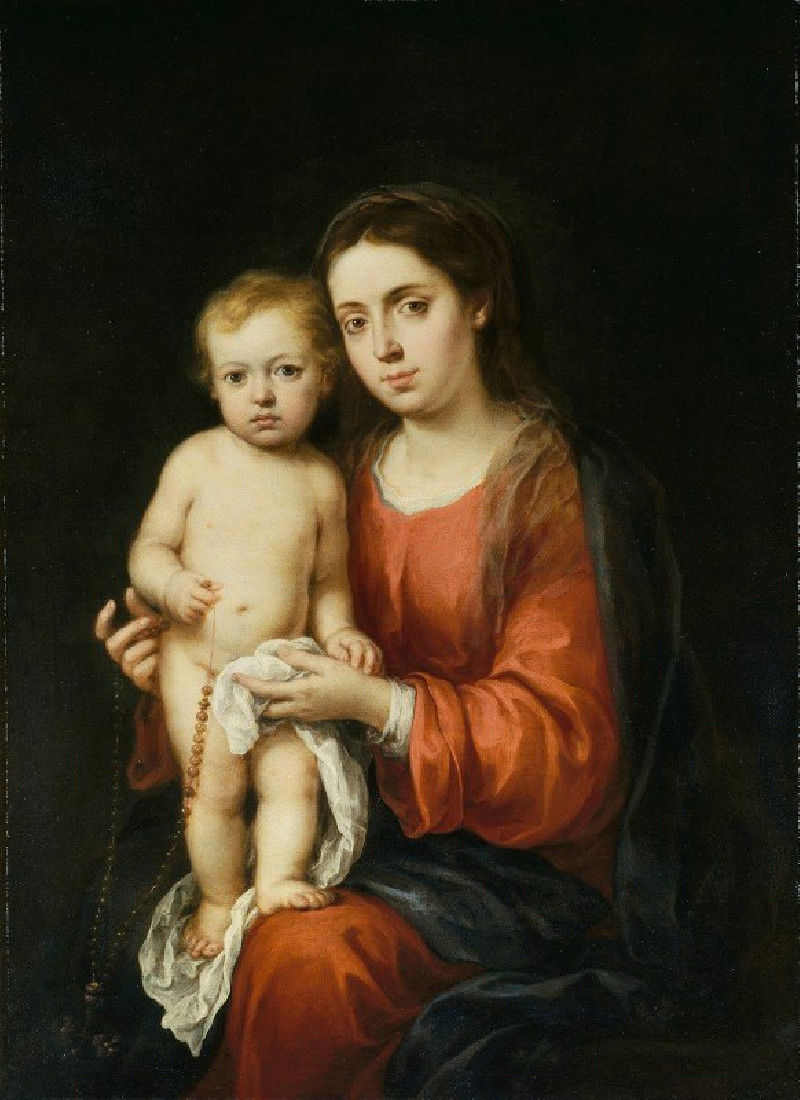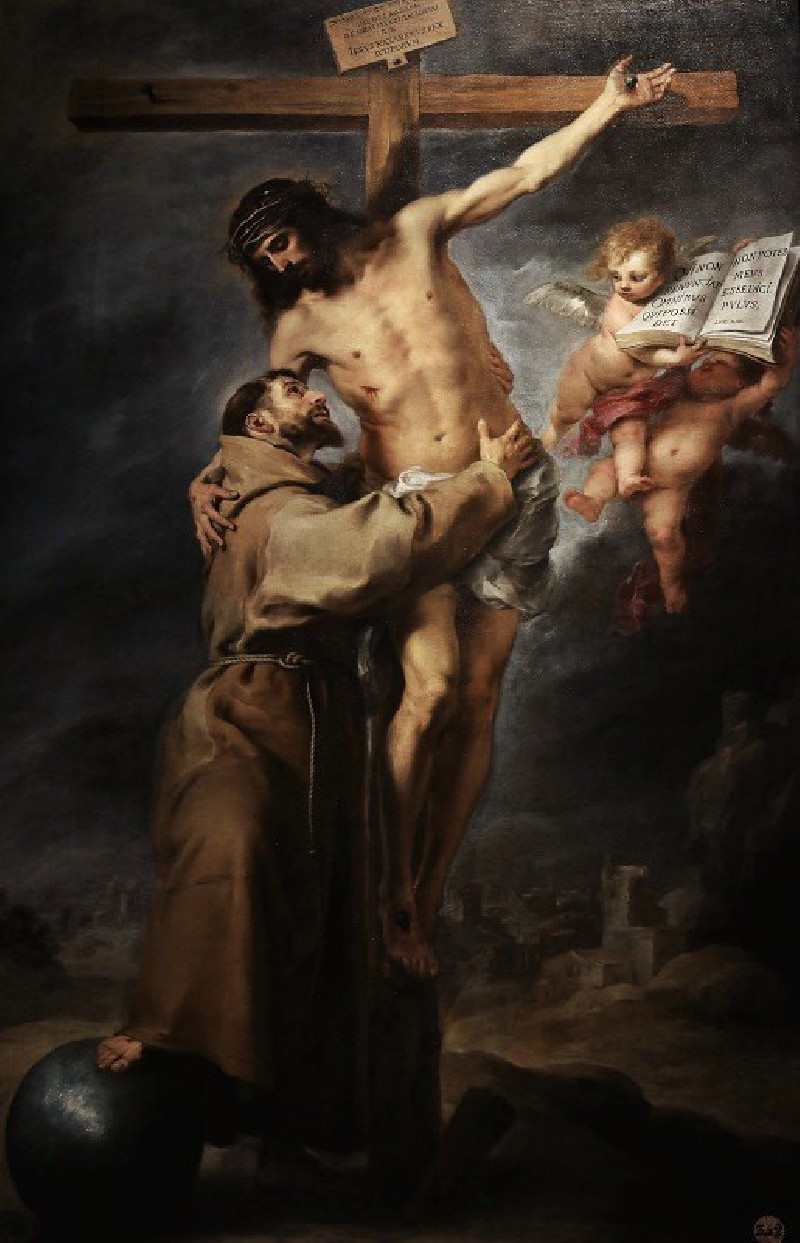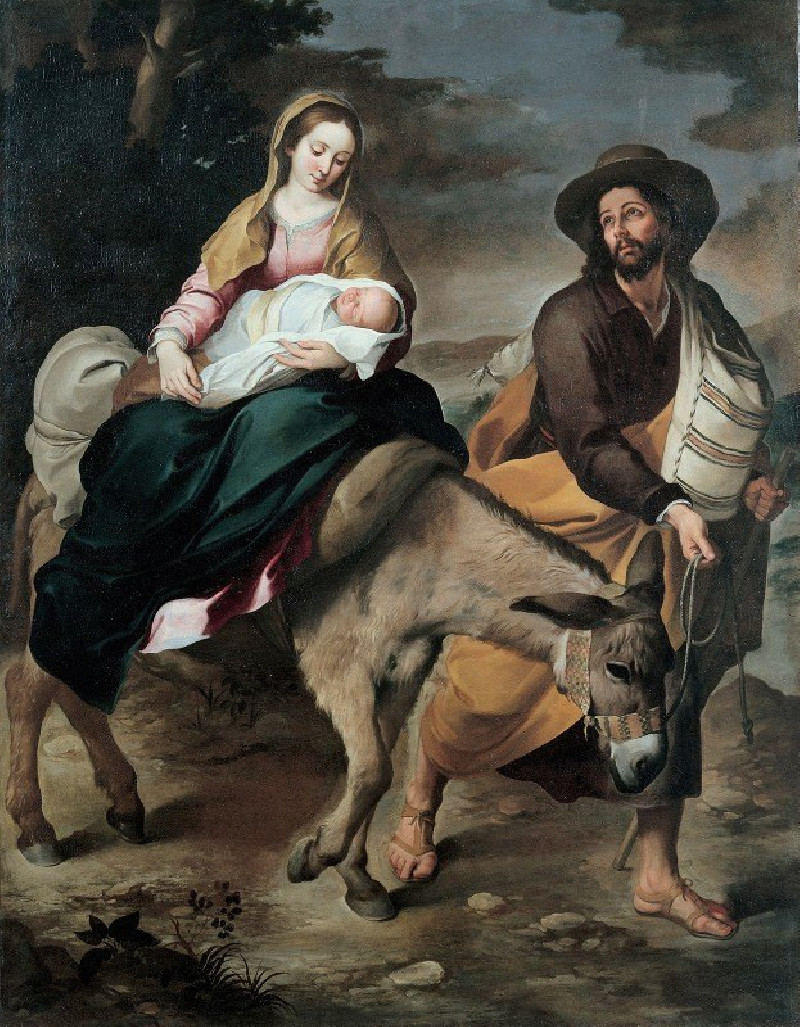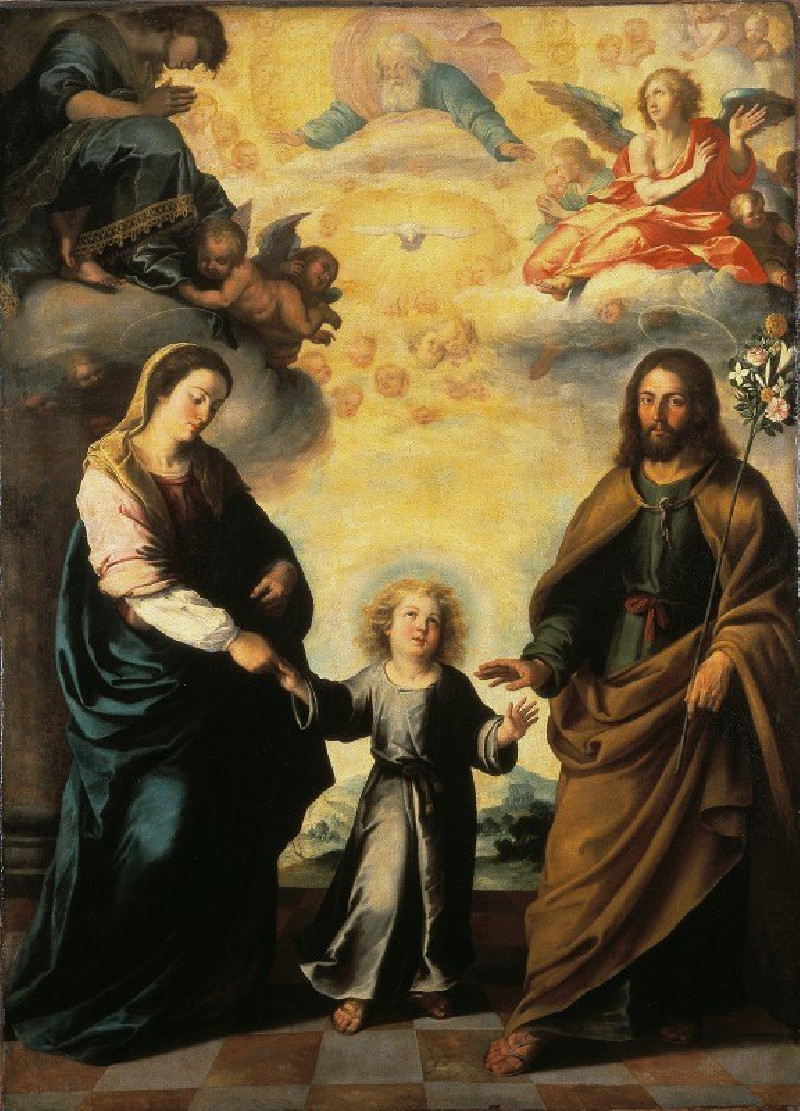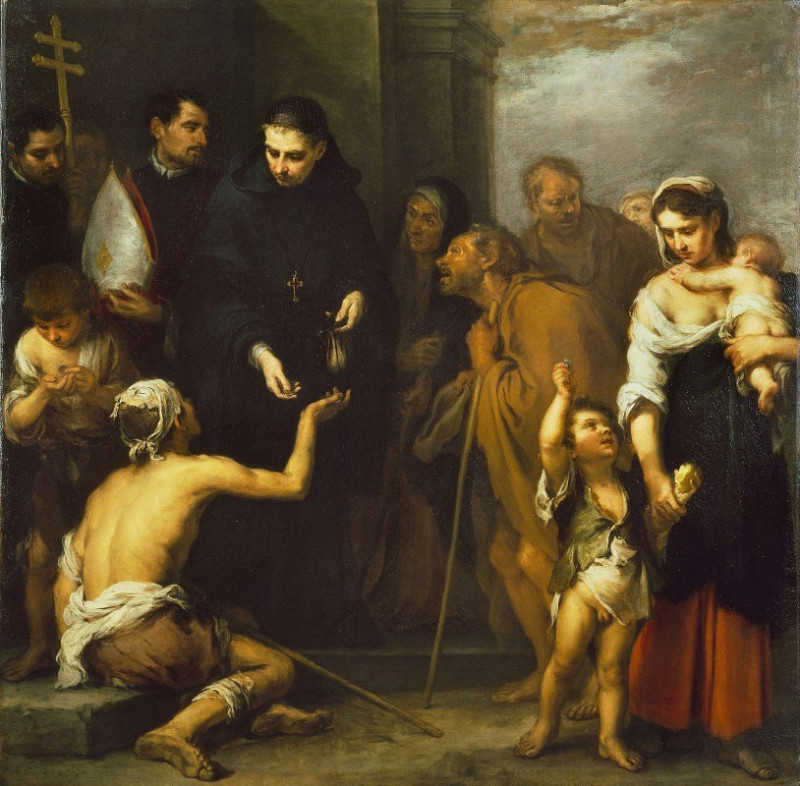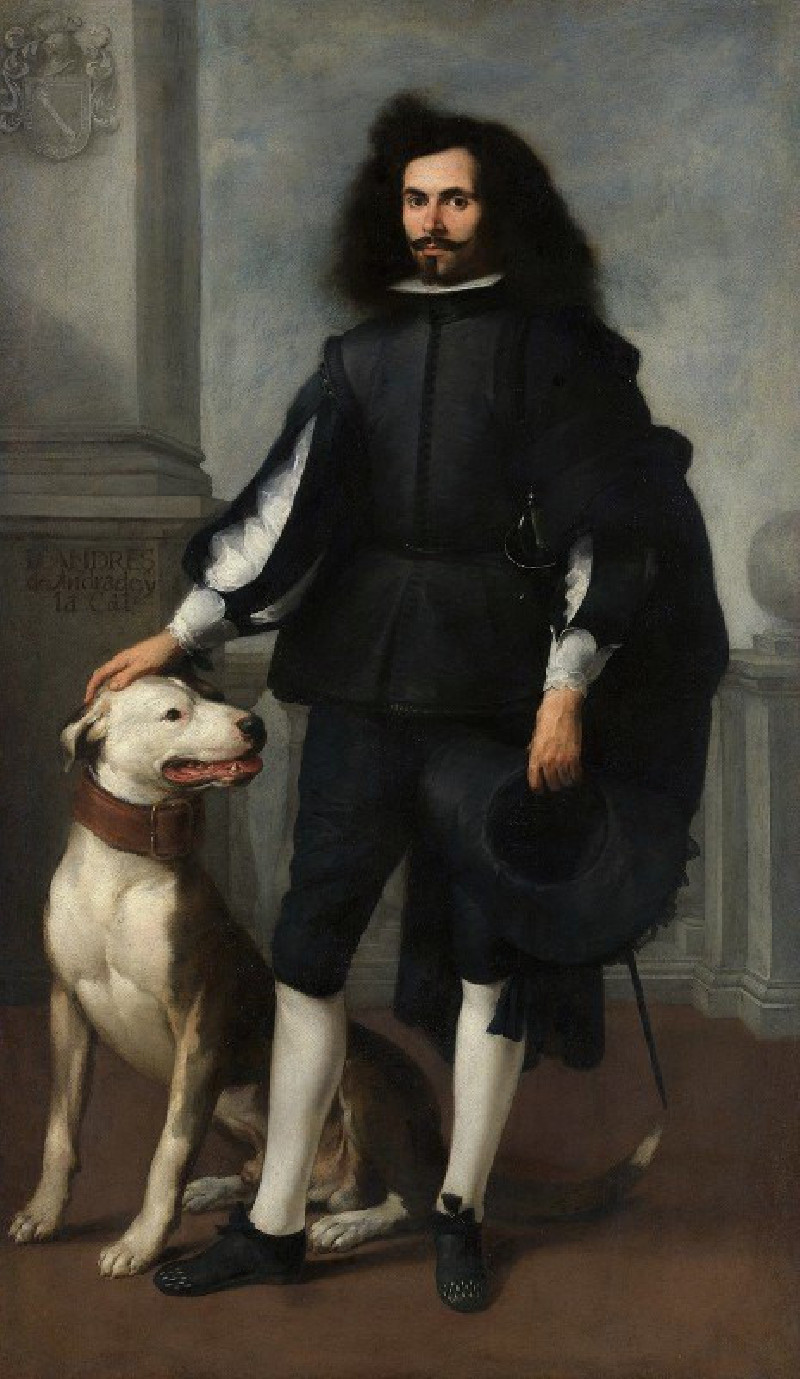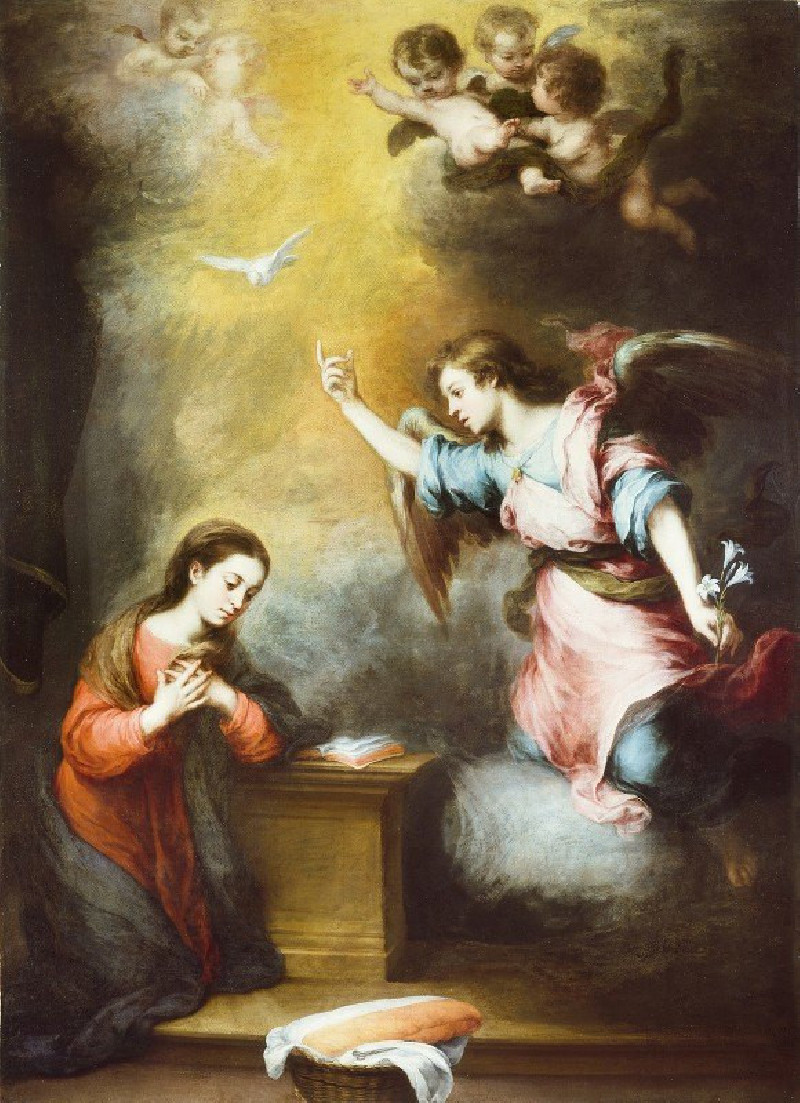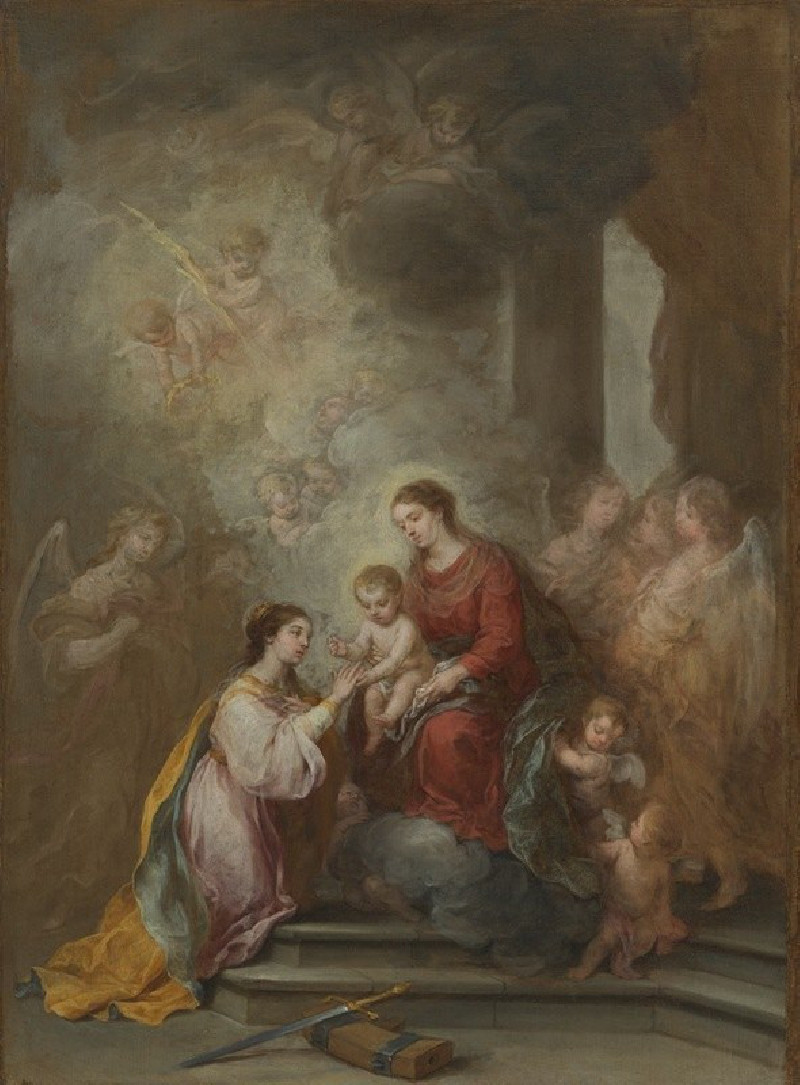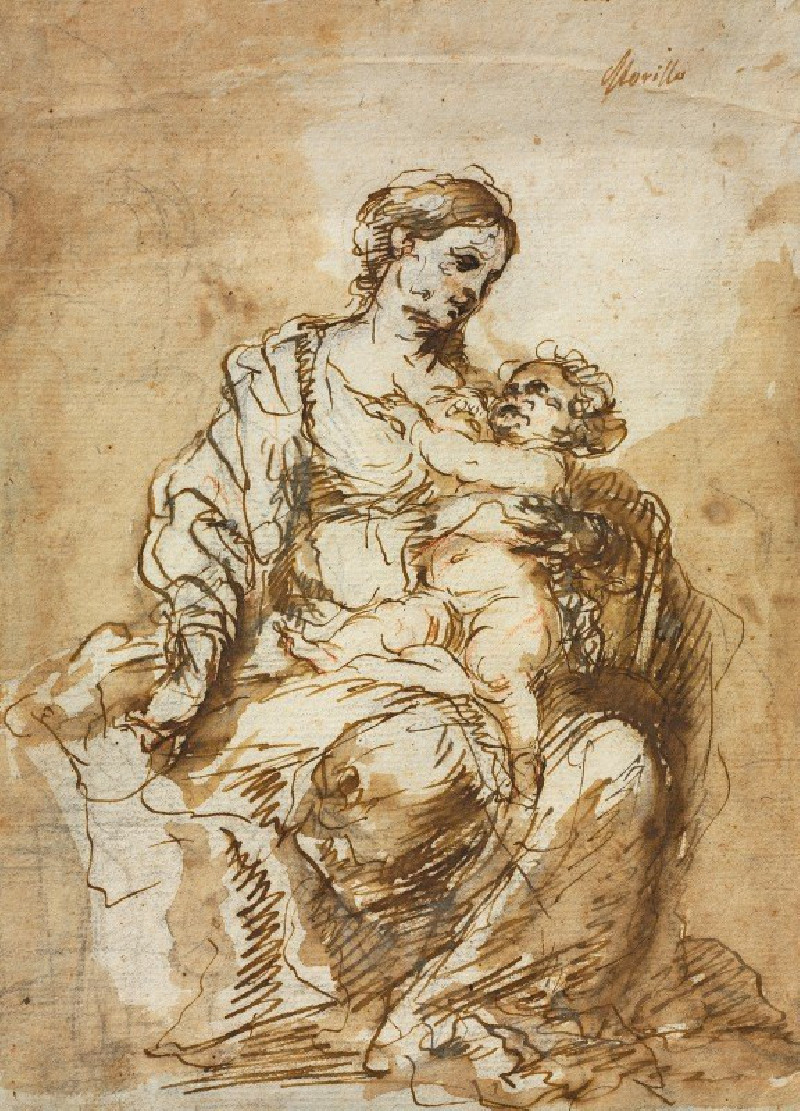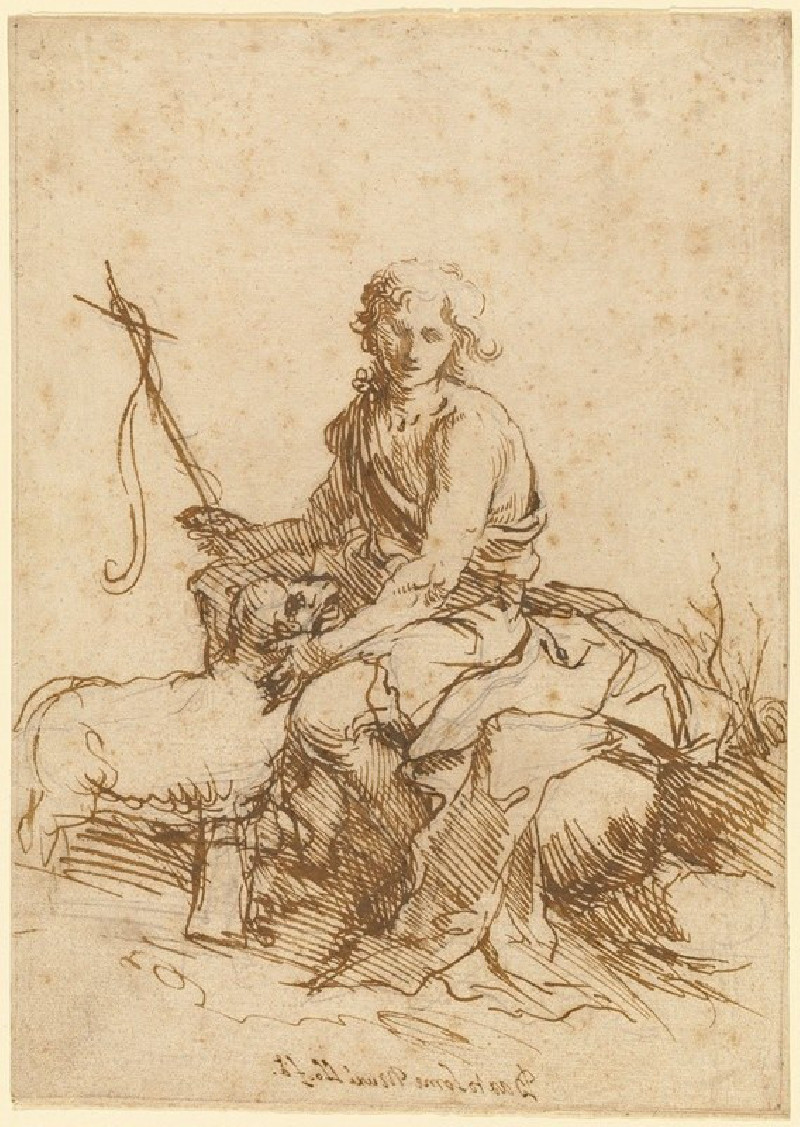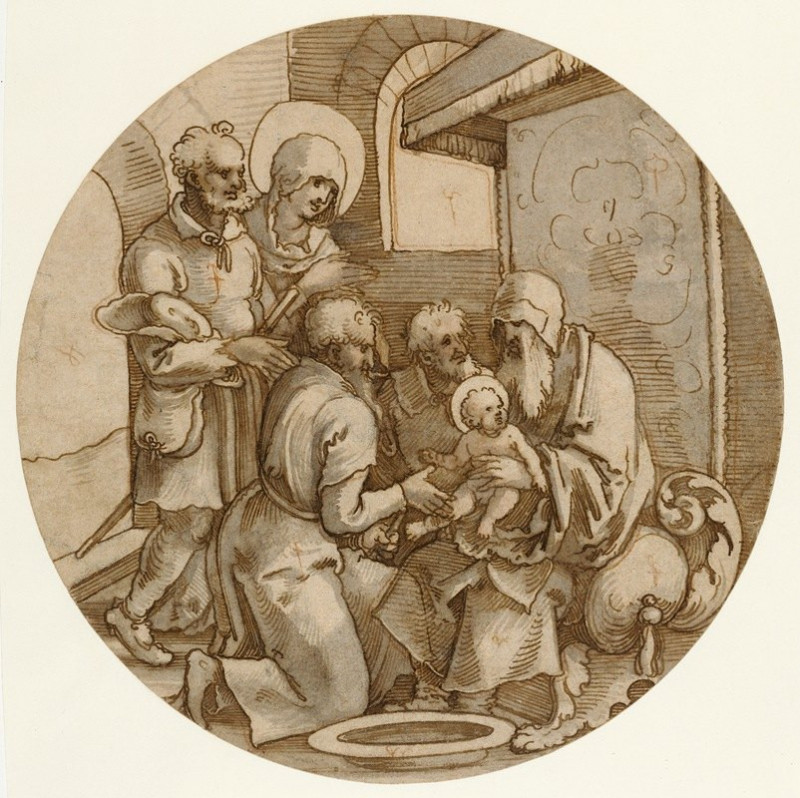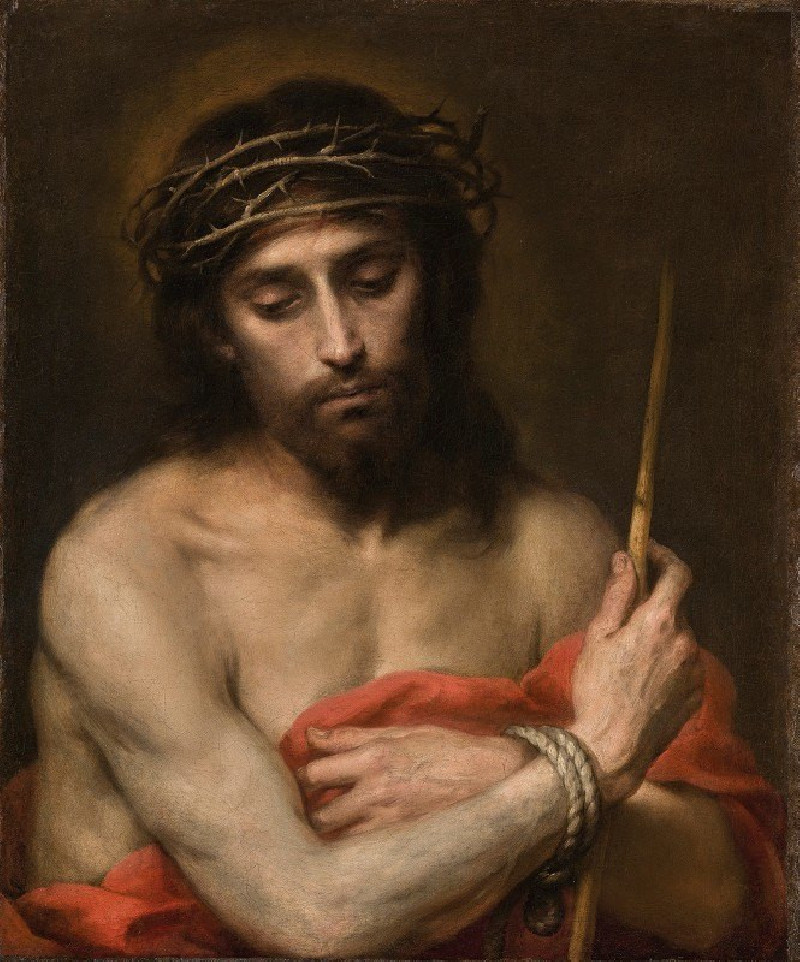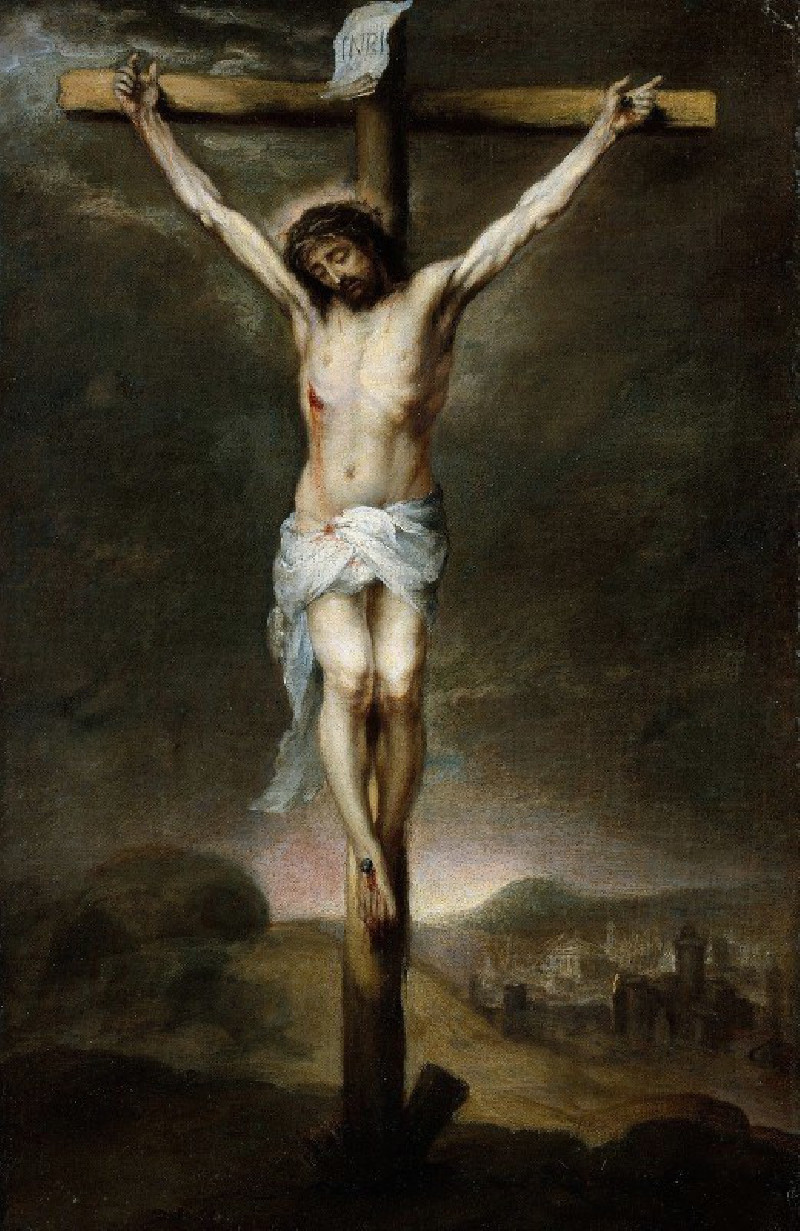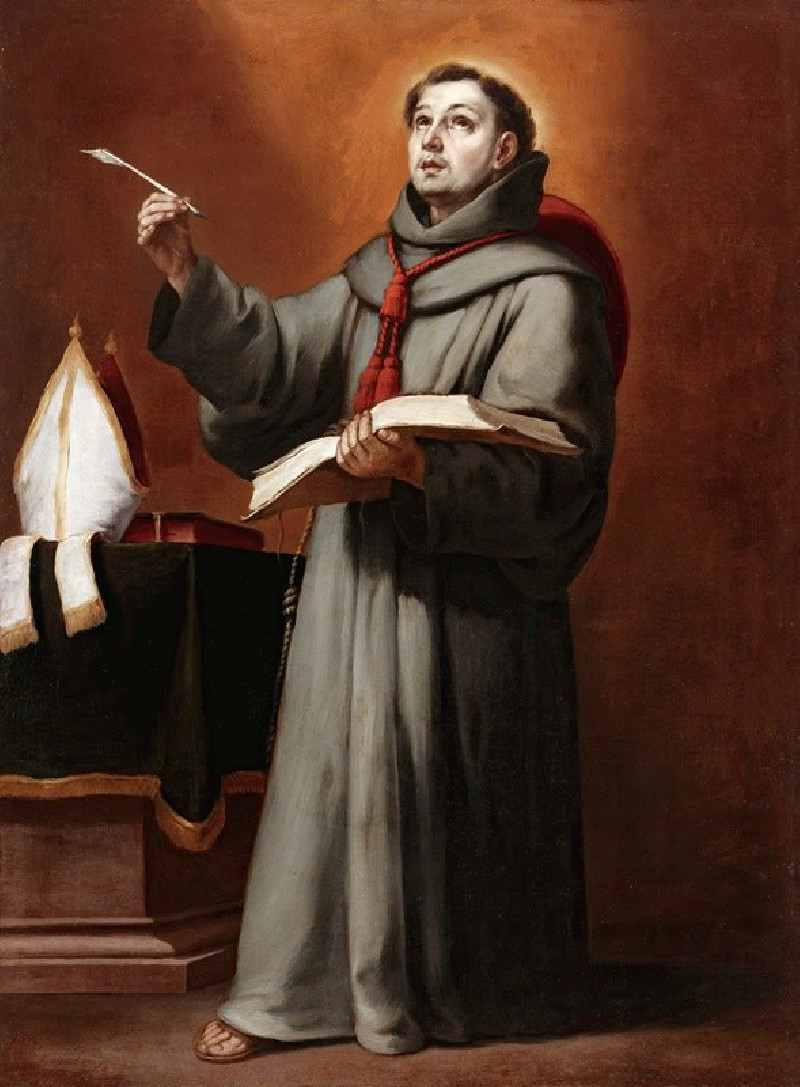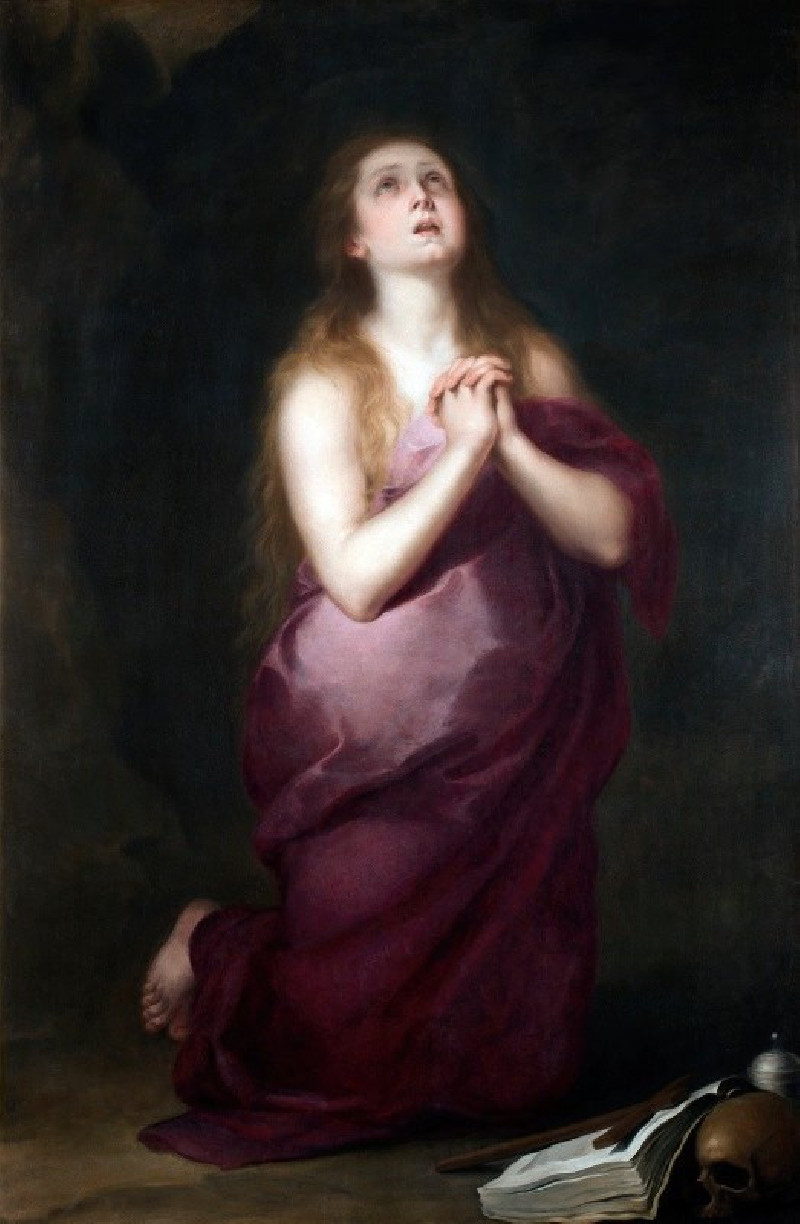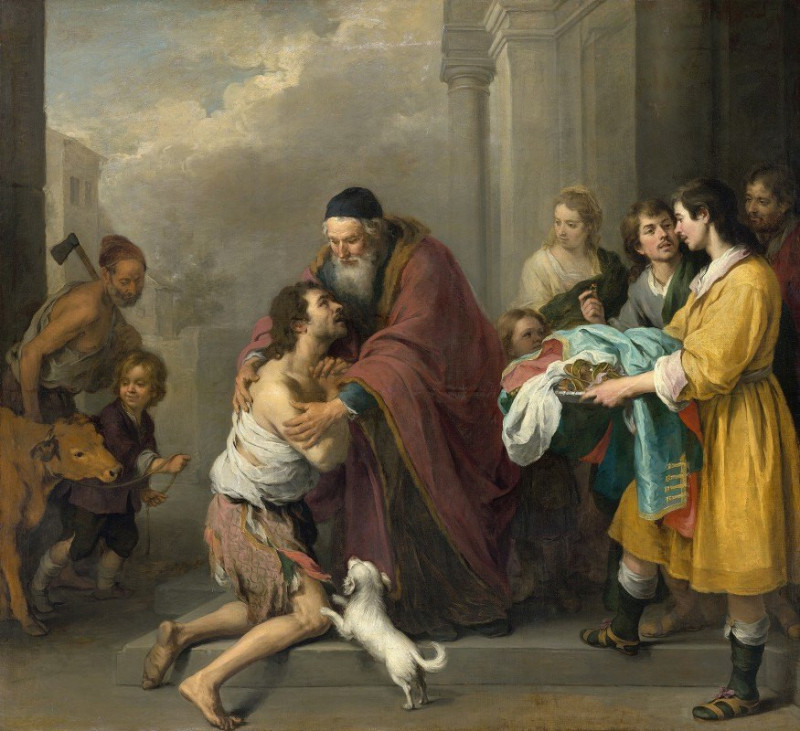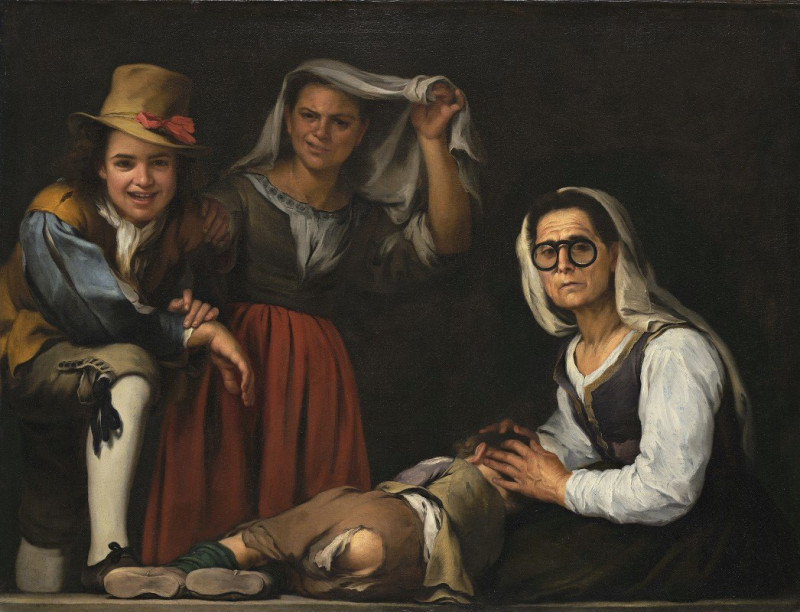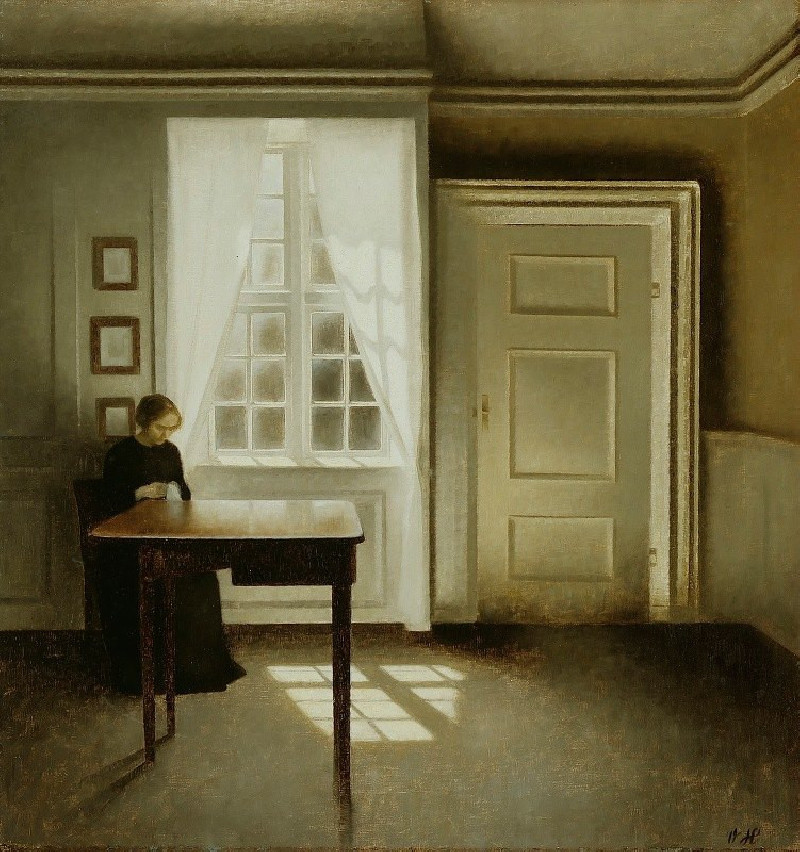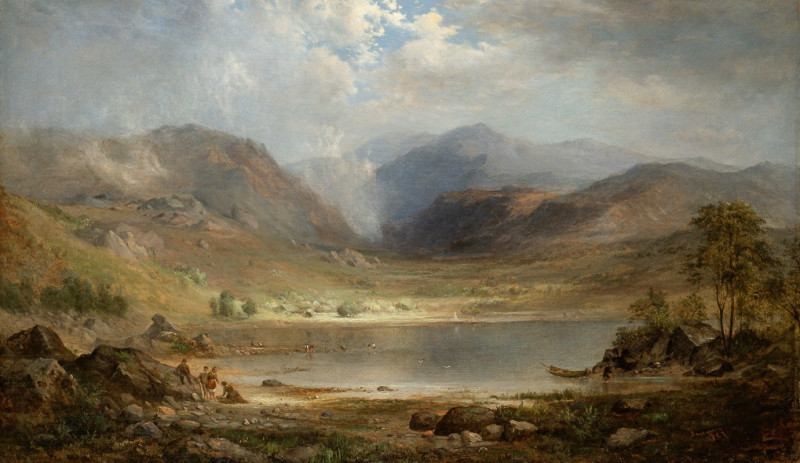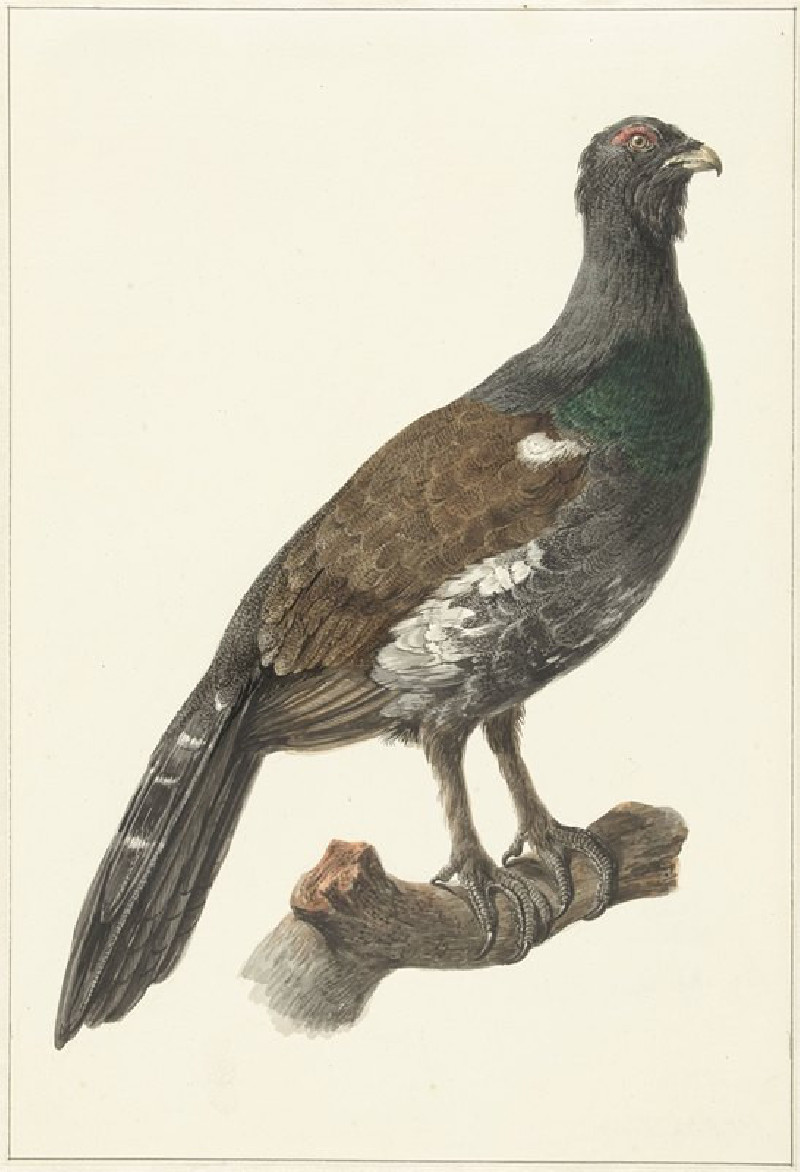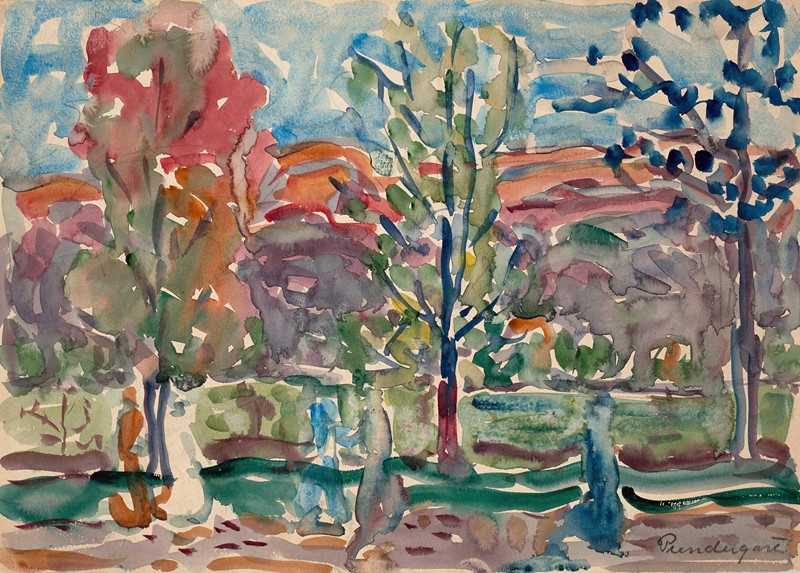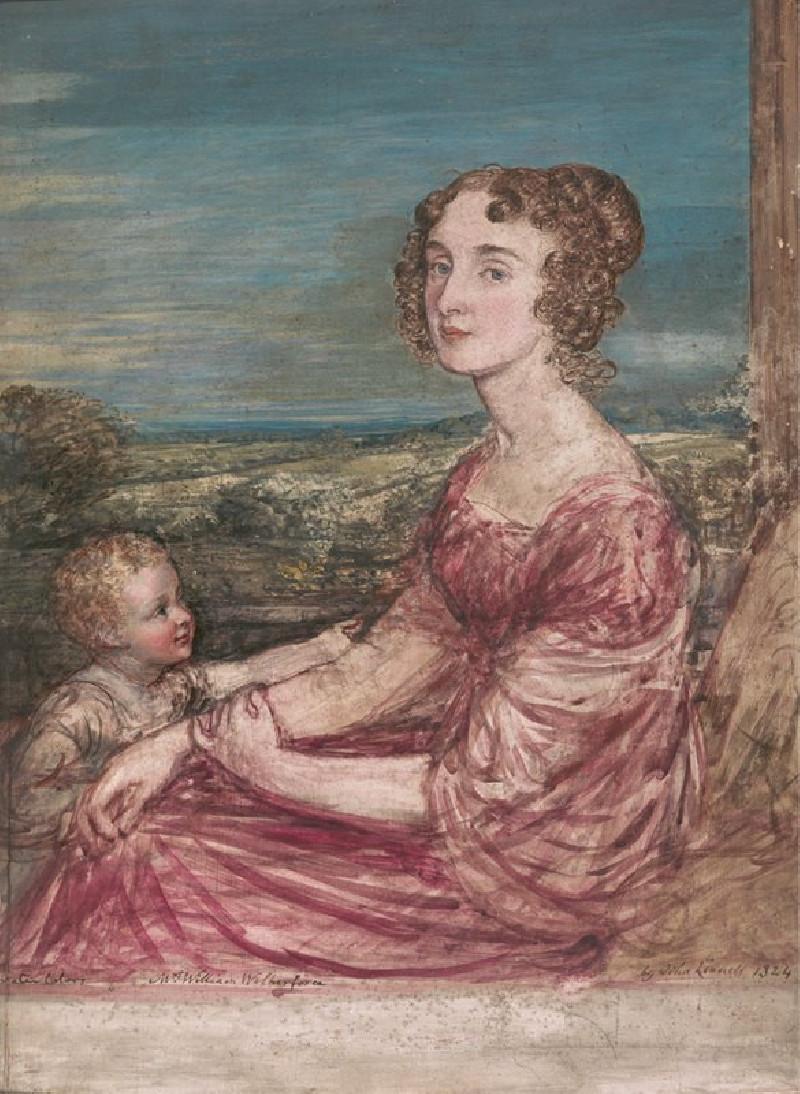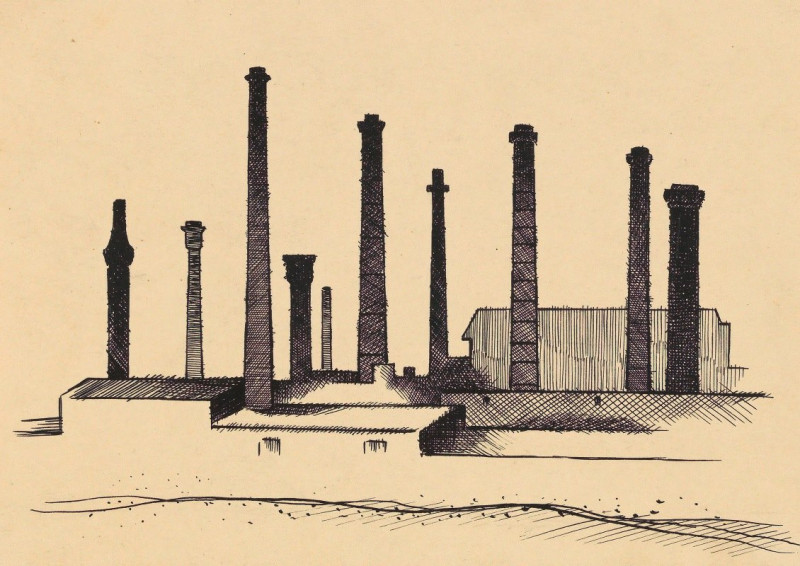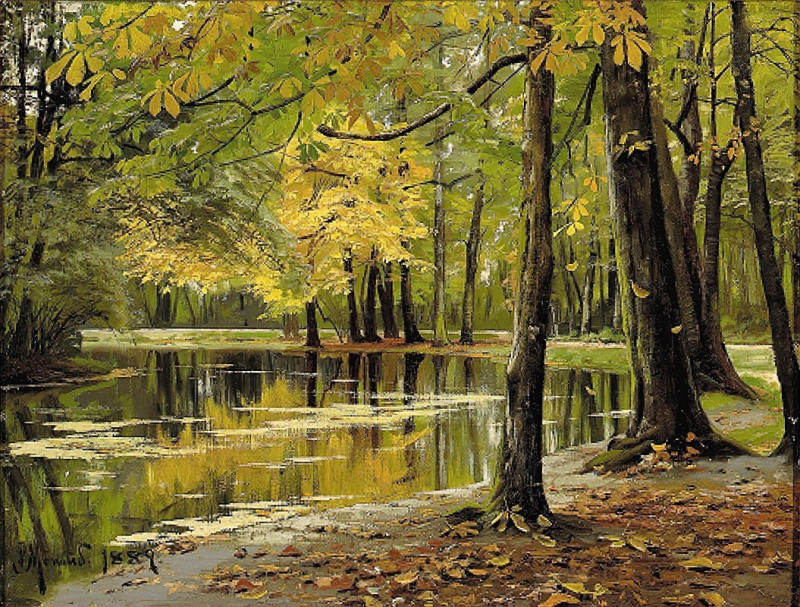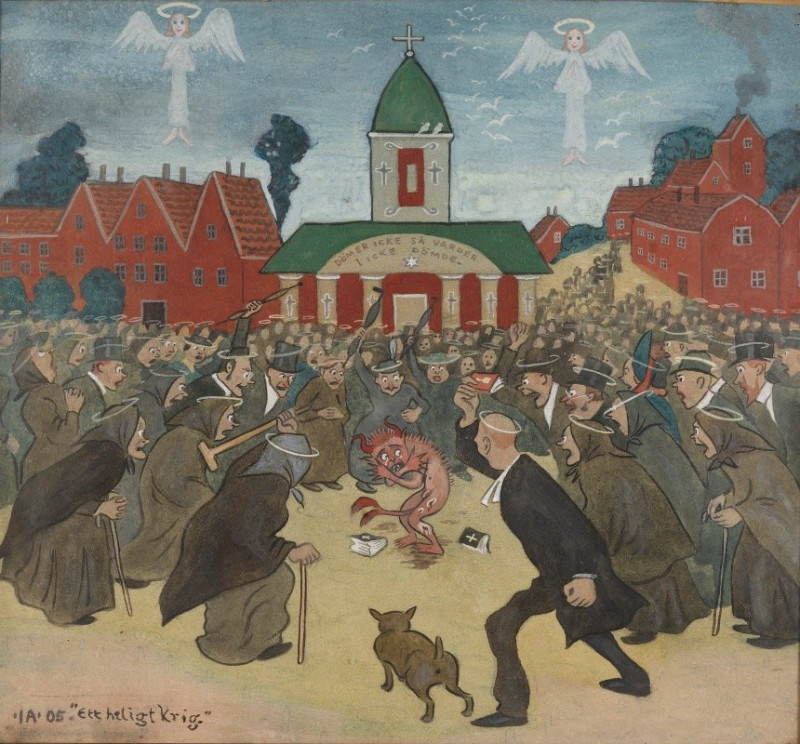The Infant Christ Distributing Bread To The Pilgrims
Technique: Giclée quality print
Recommended by our customers
More about this artwork
The Infant Christ Distributing Bread to the Pilgrims by Bartolomé Estebán Murillo is a remarkable and touching work that beautifully encapsulates themes of charity and compassion. In this evocative painting, the central figure is the Infant Christ, gently portrayed with an aura of divine innocence. He is depicted sitting on a cloud, symbolically elevated above the mundane world, signifying his celestial origin.Christ, with his delicate hands, distributes bread to a group of humble pilgrims who approach him with reverence and awe. The pilgrims, marked by their worn garments and expressive faces, represent humanity in search of spiritual nourishment. Their uplifted faces and outstretched hands convey a deep sense of gratitude and reverence as they receive the bread, which symbolizes the sustenance provided by divine grace.Assisting the Christ Child is Virgin Mary, rendered with maternal grace and calm. Her presence adds a layer of protective tenderness to the scene. Adjacent to them is an angel, who aids in the distribution by holding a basket filled with bread, reinforcing the celestial support and divine participation in the act of giving.Above, a group of cherubs or putti, enveloped in a subtle glow, hover as if to witness and celebrate the charitable act, adding a feel of heavenly approval and joy.Murillo’s use of soft, warm tones contrasts with the darker background, helping to highlight the figures and enhancing the ethereal, otherworldly atmosphere of the scene. His skillful rendering of textures—from the softness of the angel’s wings to the rustic attire of the pilgrims—adds realism to this divinely inspired vision.
Delivery
Returns
Bartolomé Esteban Murillo (December 1617, January 1, 1618 – April 3, 1682) was a Spanish Baroque painter. Although he is best known for his religious works, Murillo also produced a considerable number of paintings of contemporary women and children. These lively realistic portraits of flower girls, street urchins, and beggars constitute an extensive and appealing record of the everyday life of his times. He also painted two self-portraits, one in the Frick Collection portraying him in his 30s, and one in London's National Gallery portraying him about 20 years later. In 2017–18, the two museums held an exhibition of them.

